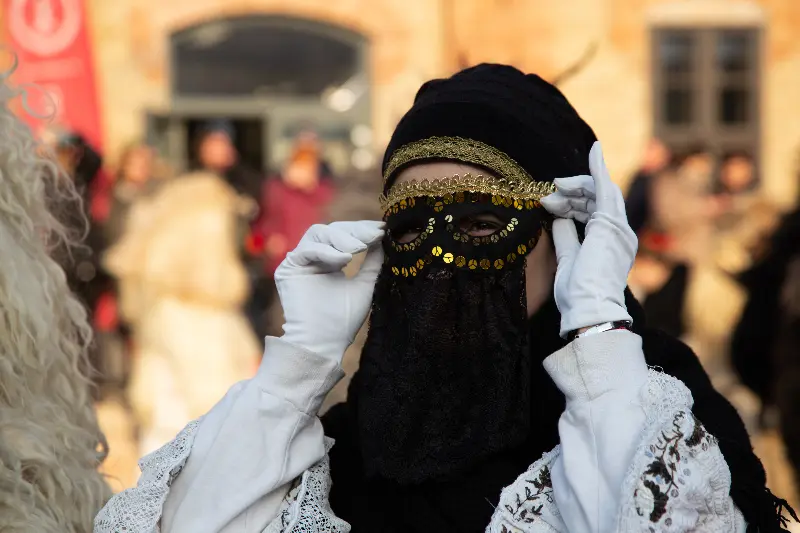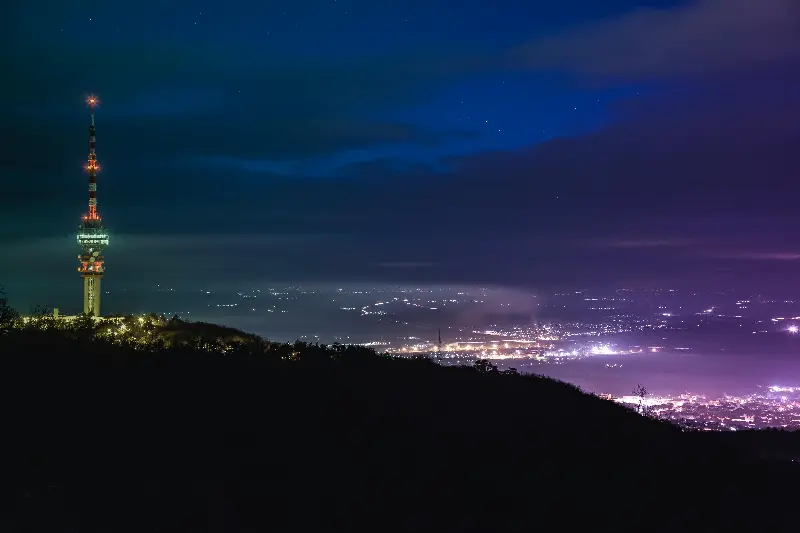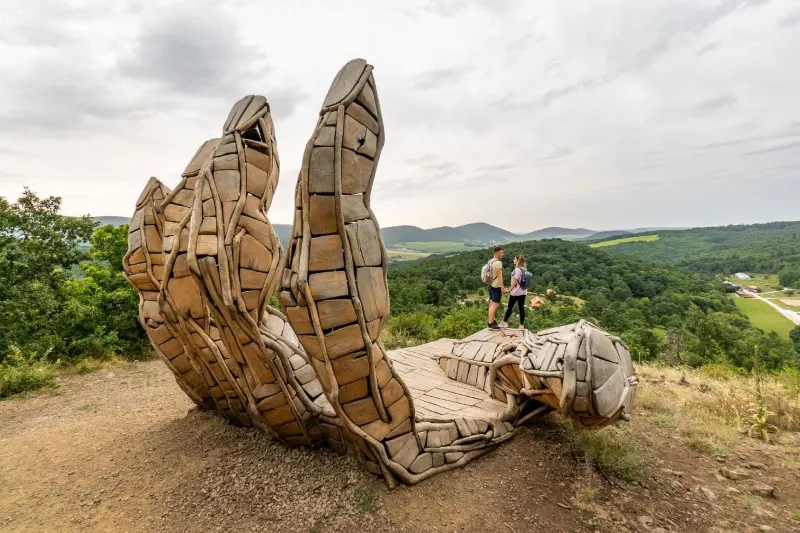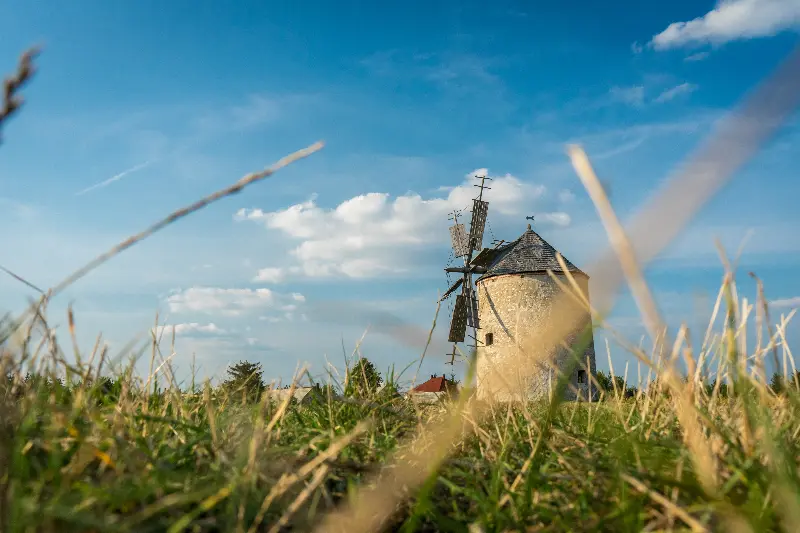
Helyszín címkék:
Our public treasures, the monuments
Hajdú Gábor
The E-Heritage web application is a national monument and archaeological database. Is it primarily aimed at the profession or the general public?
E-heritage, created under the direction of the Ministry of Construction and Transport, as a joint development of the Lechner Knowledge Centre and 4iG, is the public interface of the state heritage protection register, one of the main goals of which is to disseminate knowledge, socialize, and raise the attention of young people to the values of our built heritage. With the summer vacation approaching, the website can also provide assistance in compiling family, school, and individual tourism programmes.
Given the large number of objects, the content and quality of the descriptions and photos available for each monument are heterogeneous but this should be seen as an opportunity: it is our common interest and responsibility to have the freshest, most up-to-date information about this vast collection of monuments. That is why we considered it important at the beginning of the development to not only plan for content consumption, but also to make the site personal from a community-building perspective. Anyone who enjoys taking photos and documenting during their travels can also submit condition photos and condition reports to the registration authority, which will appear on the site after professional approval
.
Do those interested in historical gardens have the opportunity to search for them?
Of course, our protected historical gardens are also included in the database, so those who are specifically interested in the gardens will find the information they are looking for on the site. However, it should be noted that E-heritage is not a specifically tourist application, so information such as opening hours or related tourist services, accommodation, and catering information is not included. Our primary goal was to provide professionally credible, scientific and official data. I would rather compare E-heritage to a modern, digital tourist map that shows where and how many monuments are nearby, and offers a description of them, sometimes rich, sometimes still waiting to be expanded. On the thematic map, we can display protected objects and locations according to our individual interests using a pictogram filter (e.g. sacred buildings, castles and mansions, residential buildings, cemeteries), but we can also easily search for all protected objects in a settlement and get results even if we have a specific address.
You said that personalization and the search experience were important aspects when designing the site. How should this be imagined?
Browsing the “treasure trove” of built heritage is aided by numerous search engines: the free-word search engine immediately available from the main page, the map search engine, the very effective complex search engine next to the map icon, and the long-known “protected property search engine” renewed within the framework of the same IT development project. But we can also find an explanation of terms here, and the search engines for expert directories are also available on the website. Our national memorial sites can also be found in a matter of a few clicks. The website allows us to display various news, current events, programmes, and application opportunities. “Recommendations” has been given a prominent place in the main menu of E-heritage, where we always present the monument of the current month and its archaeological site. In addition to providing general information, our goal was also to help students, university students, thesis writers, and researchers, which is why we also briefly introduce the most important research sites and collection management sites on the site.
Experience tourism is increasingly on the rise, how does this site contribute to this?
The site offers “super-zoomable”, so-called gigapixel photos of the artistic and architectural details of about 80 of our country’s most valuable monuments. This allows you to study some of the more inaccessible parts as if you were standing right next to them. The 3D surveys also provide an interesting experience: you can find rotatable and zoomable models of nearly 240 monuments, made using photogrammetric methods and drones. For example, you can view the Wenckheim Castle in Szabadkígyós, the Siklós Castle, or the Reformed Church and Belfry in Szalonna from a wide variety of perspectives, even from above. In addition to the multimedia library, you can also search the map for specific purposes or randomly among monuments, archaeological exhibition sites, and archaeological parks.



